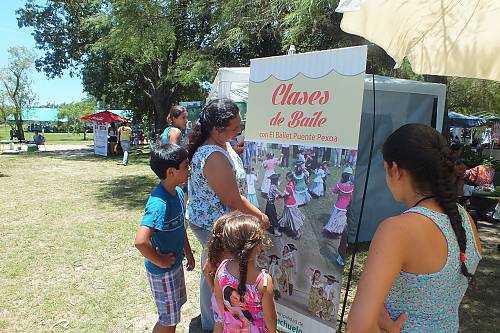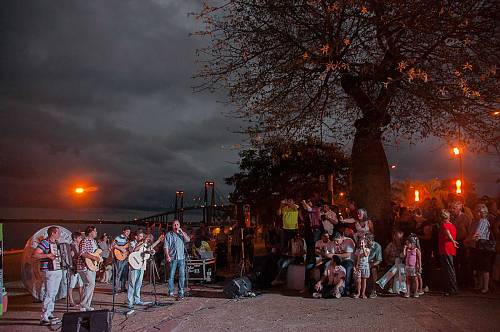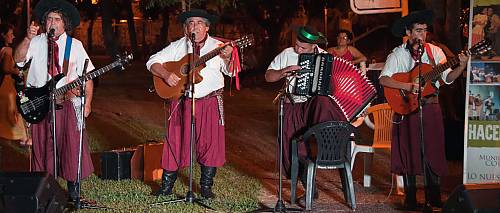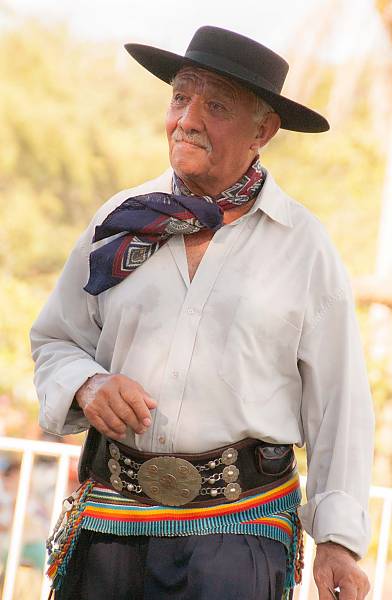Chamamé
Inscribed in 2020 (15.COM) on the Representative List of the Intangible Cultural Heritage of Humanity

Chamamé is a form of popular cultural expression that is mainly practised in the Corrientes province. Its key components include a style of ‘close embrace’ dancing where participants hold each other chest to chest and follow the music without set choreography. Other elements include musiqueada, a celebratory act that includes a party, prayer and sapukay, a typical phonation or cry accompanied by gestures and movements to convey emotions such as joy, sadness, pain, and bravery. The violin and vihuela were the original instruments used in Chamamé music, but the guitar, harmonica, two-row diatonic button accordion, bandoneon and double bass were later incorporated. The singing is rooted in worship songs. Historically, lyrics and poetry were in Guarani, the regional native language, but today, oral traditions are transmitted in the yopará dialect, a combination of Spanish and Guarani. Chamamé music and dancing are an important part of the regional identity and play major social roles as they are common features of community and family gatherings, religious celebrations, and other festive events. Chamamé highlights values such as love for one’s land, local fauna and flora, religious devotion and a ‘way of being,’ a Guarani expression pointing to the harmony between the human, natural and spiritual realms.









